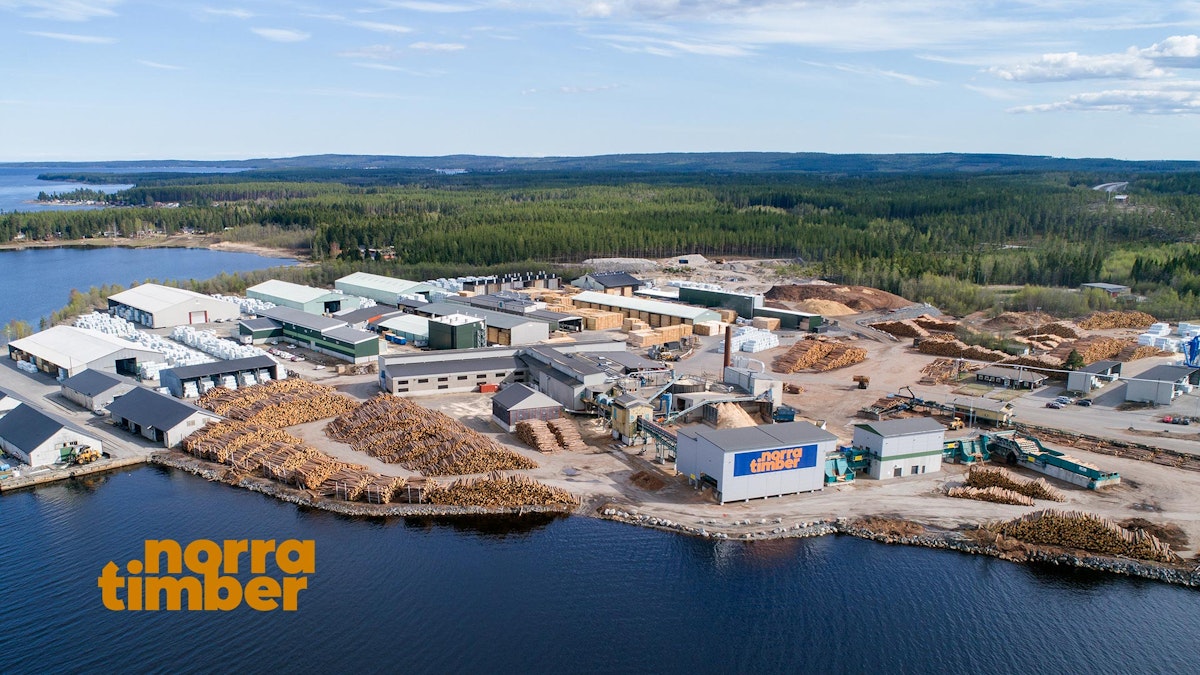Table of contents
Browse categories
Browse authors
 AB
ABAlberto Boffi
 AL
ALAlessia Longo
 AH
AHAl Hoge
 AB
ABAljaž Blažun
 BJ
BJBernard Jerman
 BČ
BČBojan Čontala
 CF
CFCarsten Frederiksen
 CS
CSCarsten Stjernfelt
 DC
DCDaniel Colmenares
 DF
DFDino Florjančič
 EB
EBEmanuele Burgognoni
 EK
EKEva Kalšek
 FB
FBFranck Beranger
 GR
GRGabriele Ribichini
Glacier Chen
 GS
GSGrant Maloy Smith
 HB
HBHelmut Behmüller
 IB
IBIza Burnik
 JO
JOJaka Ogorevc
 JR
JRJake Rosenthal
 JS
JSJernej Sirk
 JM
JMJohn Miller
 KM
KMKarla Yera Morales
 KD
KDKayla Day
 KS
KSKonrad Schweiger
Leslie Wang
 LS
LSLoïc Siret
 LJ
LJLuka Jerman
 MB
MBMarco Behmer
 MR
MRMarco Ribichini
 ML
MLMatic Lebar
 MS
MSMatjaž Strniša
 ME
MEMatthew Engquist
 ME
MEMichael Elmerick
 NP
NPNicolas Phan
 OM
OMOwen Maginity
 PF
PFPatrick Fu
 PR
PRPrimož Rome
 RM
RMRok Mesar
 RS
RSRupert Schwarz
 SA
SASamuele Ardizio
 SK
SKSimon Kodrič
 SG
SGSøren Linnet Gjelstrup
 TH
THThorsten Hartleb
 TV
TVTirin Varghese
 UK
UKUrban Kuhar
Valentino Pagliara
 VS
VSVid Selič
 WK
WKWill Kooiker
Troubleshooting Industrial Timber Packaging

Like many other industries, the wood processing industry is being more and more industrialized and the level of automation is high - as is the throughput. NorraTimber operates a sawmill and a timber finishing line where regularized timber, tongue and grooved panel, treated and regularized floorboards are produced and packed.
The company had some issues with an edge protection applicator – through a small component in the final packaging process of the finished timber, this caused significant disturbances to the production. N63 AB solved this problem using the Dewesoft test and measurement solutions.

N63 Degrees AB is a consulting company providing engineering services located in the town of Nälden in the region of Jämtland in northern Sweden. A region dominated by pine and spruce forest and highly dependent on the income it provides.
And forestry in Sweden is big business. 70% of Sweden is forest land and 80% of the forest land is in active use. According to Swedish Forest Industries, Sweden is in the Top-10 of wood exporting countries globally - mainly lumber, and the world's 3rd largest exporter of pulp, paper, and sawn timber. More than 70,000 are employed in forestry, and a further 50,000 one-man businesses are active in forestry.
The customer
Norra Skog is a forest owners' association owned by 27,000 individual forest owners with a total forest holding of just over 2.3 million hectares of forest land in northern Sweden, a land area equivalent to half of Sweden. Its timber catch covers just over 3 million cubic meters (solid under bark).
Norra Skog has its head office in Umeå and comprises eleven timber areas with around 30 local offices, about 600 employees, and employs almost as many people in forestry contracting and transport services.
The industrial part of the organization, Norra Timber, comprises three sawmills, four processing units, and a post-factory. Together, the industries annually produce almost 800,000 cubic meters of wood products and about 60,000 turned pine poles per year. In 2020, the Group was estimated to have sales of close to 400 million Euro.
One of the sawmills is located in Hissmofors by the Indal River, close to Krokom town. Though small, it is a community with an industrial tradition since the late 1800’s based on a hydroelectric power station: a paper pulp mill, a tobacco plant, a sulfite factory, and a match plant, but today just the sawmill remains.
The Hissmofors sawmill currently has an annual production of around 160,000 m³, and the aim is to increase production to 200,000 m³ within the next few years.
The sawmill’s packaging machinery is made by a leading transit-packaging provider, Signode. This American company produces protective packaging, packaging tools, and equipment used to apply the bulk packaging materials.
Signode products are used to pack, bundle, unitize, protect and secure goods during warehousing and transit. To the sawmill, delivery quality is of outermost importance as damaged timber packages mean losses for all parties involved.
The challenge
The timber finishing line in question has a maximum throughput of about 400 meters of timber per minute. At the end of the line, the timber is stacked in packages and all timber packages pass through a single lumber press. This machine puts the timber package under pressure and automatically straps it - and out comes a tightly strapped, covered timber package, ready for transportation to the retailer.
As the pressing force is quite high, and the strapping rigid, it is important to protect the finished timber – this is a critical part of the process. Automatic applicators apply cardboard edge protectors before the strapping of the package to protect the edges of the timber boards in each of the four corners. Without this protection, the strapping causes the timber in the corners of the package to be damaged causing quality complaints.
The problem was discovered when customer complaints were received claiming damaged timber caused by insufficient edge protection and when large amounts of cardboard edge protectors were found underneath the lumber press.
Troubleshooting was initiated, and several attempts to adjust and even replace the strapping unit were made without solving the problem. Experts of the strapping system were called in and still, the problem persisted. The implications of the problem were large as a malfunctioning timber press established itself as the bottleneck of the whole production line – all timber must pass through this machine.
Troubleshooting and the solution
N63 does not possess specialist knowledge of the actual equipment, on the other hand, the company has long experience in industrial troubleshooting and measurement technology. The typical approach is to create an understanding of the situation.
The basic principle of the applicator is a vacuum. The edge protection (in cardboard material) is picked up by a vacuum tool from a dispenser and placed on the corner of the lumber package thereafter the strapping is done.
The edge protection applicator did not fail all the time, the problem seemed to occur intermittently and seemingly in a random manner. A complicating factor was the lumber press machine was enclosed for safety reasons making human-based visual inspection during operation difficult.
The measurement setup was simplistic. A Dewesoft DEWE-43 data acquisition system was used with one inductive proximity sensor. The sensor was used to indicate when the edge applicator went into operation.
A synchronized DS-CAM-120 high-speed camera monitored the edge protection applicator and video recording was triggered by the proximity sensor. Hence, each time the edge protection applicator went into action, a few seconds of the film (recorded at 100 fps) was captured.
The measurement equipment was left in place to care for itself for a few days, then the data was downloaded and analyzed together with the plant maintenance crew.
Analyzing the recordings, it was found that it took more than 20 events before the first failure of pick-up. However, due to the concept of triggered video and hence very compressed visual data, it did not take many minutes to identify that the applicator lost grip of the edge protector during the pick-up process. For some reason, it failed to maintain the vacuum.
Watch the measurement recording:
After a visit to the machine, the conclusion was that the root cause must be misalignment between the edge protector dispenser and the applicator. Further inspections revealed that not only was the pick-up tool out of alignment with the feeding device for the edge protectors, the alignment was also affected adversely by the press forces from the cylinders – when the lumber package was pressed, the machine structure was elastically deformed which further deteriorated the alignment.
Once the root cause was identified, the solution was as simple as the measurement setup. A supporting beam was placed underneath the lumber press frame and the mounting position of the applicator was slightly modified to take the remaining deviation in alignment into account. The solution worked at the first attempt and the problem has not recurred since the improvements were made.
Conclusion
Production capacity was immediately restored and the quality complaints from the customers connected to damages from failed edge protection were drastically reduced.
The key success factors were:
The simplicity of the approach, including the easiness of configuration of the measurement system, means that the threshold for applying such methods is low
The triggered camera setup with reasonable speed (100 fps) made it possible to get a detailed insight into the root cause of the problem
The experience and knowledge of the troubleshooting team rapidly identifying the root cause and capable of implementing a simple solution to the problem.
With the right equipment, troubleshooting can be simple, fast, and effective. Solving the problem is often not the most difficult – the most challenging part is often understanding and identifying the root cause.
A high - or at least higher-speed video is very effective in troubleshooting certain kinds of industrial processes. In automated production lines like ones at sawmills and similar, this method can also be a very useful tool to optimize and further increase throughput.
There are great benefits of having synchronized measurements and video over IP when it comes to the effectiveness of analysis and understanding of the process.
The package of a DEWE-43A with a reasonably fast, synchronized, camera is a rather cost-effective way to increase the capability in troubleshooting. With a decent collection of different sensors, great flexibility can be provided at a reasonable cost.